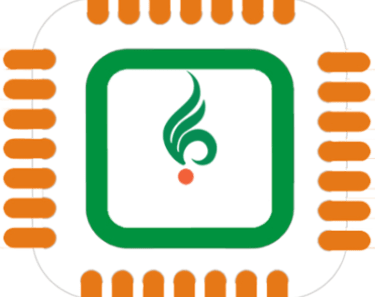AI’s Hidden Engine: Interface IP
AI is booming, but interface IP is the silent force driving its performance. Discover why it’s becoming essential for future computing.
7/22/20252 min read


AI’s Explosive Growth is Fueling Interface IP: The Silent Engine Powering Tomorrow’s Computing
The world is witnessing an unprecedented AI boom. From large language models revolutionizing industries to autonomous vehicles and real-time analytics transforming experiences, AI has become the central pillar of technological advancement. However, behind every powerful AI application lies an often overlooked but critical enabler – interface IP.
The Importance of Interface IP in AI’s Era
Imagine designing a supercomputer. You can integrate the most advanced GPUs and processors, but without high-speed interconnects, the system’s performance will always remain limited. AI workloads are highly data-centric, requiring seamless and ultra-fast transfer of data between memory, processors, and storage units. Interface IP protocols – including PCIe, DDR memory controllers, Ethernet, SerDes, and others – function as the high-speed highways enabling this data flow with maximum bandwidth and minimum latency.
A Market Experiencing Robust Growth
Recent IPnest data reveals that the interface IP market grew by 23.5% in 2024, reaching $2.365 billion. This momentum is expected to continue, with projections indicating the segment will reach $5.4 billion by 2029. The share of interface IP among total IP categories has increased steadily, from 18% in 2017 to 28% in 2023, and is forecasted to rise to 38% by 2029. This growth is occurring at the expense of processor IP, whose market share is expected to decline from 47% in 2023 to 41% in 2029.
Top Protocols Driving Growth
The main protocols fueling this growth are PCIe, memory controllers (DDR), and Ethernet. Over the next five years, each is projected to maintain a CAGR of around 17%, 17%, and 21% respectively. This is not surprising as these protocols are deeply linked to data-centric applications like AI, which require high bandwidth, low latency interconnect solutions for efficient training and inference processes.
Synopsys Leads the Market
Synopsys remains the dominant player in the interface IP segment, holding more than 55% market share. This leadership stems from its strategic acquisitions over the past two decades and its integrated offerings combining PHY and Controller solutions. Its closest competitors, Cadence and Alphawave, maintain market shares of around 15% each, indicating a significant gap in competitive positioning.
Shifting Strategies: From IP to Multi-Product Portfolios
Looking ahead, a strategic transformation is expected within the interface IP vendor landscape. Companies are beginning to adopt multi-product strategies, moving beyond traditional IP licensing to develop ASICs, ASSPs, and chiplets derived from their interface IP technologies. Credo, Rambus, and Alphawave have already embarked on this path, with Credo and Rambus generating significant revenue from ASSPs. Analysts expect measurable results from chiplet-focused strategies by 2026.
The Virtuous Cycle of AI and Interface IP
This growth pattern reflects a powerful virtuous cycle. AI applications drive demand for faster and more efficient interconnects. In turn, advanced interface IP enables higher AI performance, which fuels even greater adoption of AI in business and technology ecosystems.
High-performance computing, data centers, AI model training, and real-time applications all depend on the seamless functioning of interface IP. The AI explosion that began in 2020 has merely set the foundation for an even stronger dependency on interface IP technologies in the years to come.
Conclusion
While AI and processor innovations continue to attract headlines, it is the interface IP technologies that silently power this revolution, ensuring data highways remain uncongested and capable of meeting tomorrow’s computing demands. Companies investing in interface IP innovation today are building the essential infrastructure that will shape the future of AI, high-performance computing, and beyond.
Source - Semiwiki
QUICK LINKS
NEIL RAO TOWERS, 117 & 118, Rd Number 3, Vijayanagar, EPIP Zone, Whitefield, Bengaluru, Karnataka 560066
200/2, Tada Kandriga, Tada Mandalam, Tirupati District - 524401
Locations

